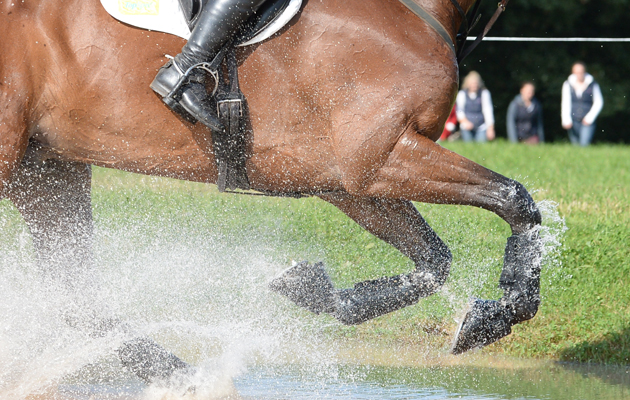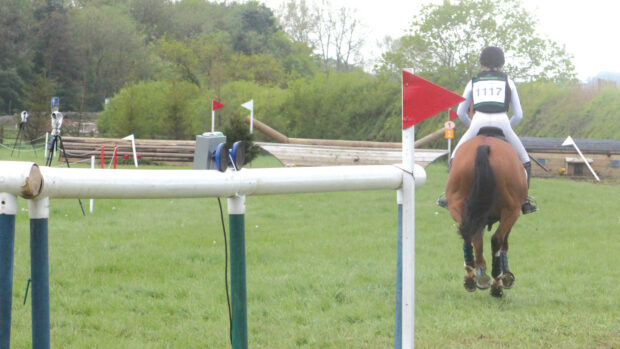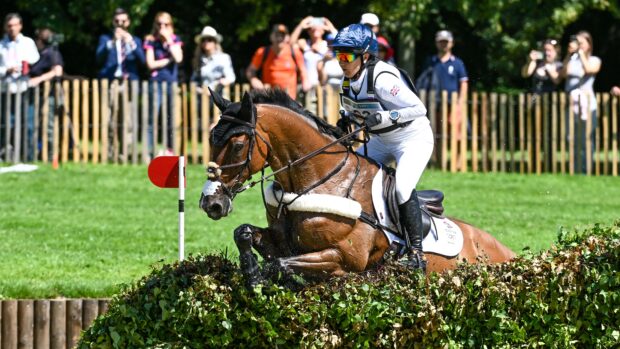This is an H&H magazine column by Farley Hall Horse Trials’ organiser Natalie Gaibani, published in February 2016. We are re-publishing it online now because of the current interest in event costs after the announcement about entry fee rises.
If you are bored of a winter’s evening, phone up your local aggregate merchant and find out the cost of 20 tonnes of stone dust. Then phone a timber supplier and explain that you need 40 tiny Christmas trees, for the middle of June, and dozens of bundles of high-quality brush. If you are quoted less than £3,000 for these items, can I have the number of your suppliers?
These are some of the costs I did not think about when I opened the file called “Event spreadsheet” in 2014, when we decided to run a horse trials on the Farley Estate. I finally totted up over £41,000 worth of costs over two days (see table, below).
I then looked at entry fees (set by British Eventing — BE). If we ran the maximum of 300 horses a day, covering £40,000 of costs would mean we’d need to take in £69 per horse just to break even. But once you factor in the cut BE take for abandonment insurance and VAT, organisers don’t get that much. Is there any other kind of industry (apart from farming) in which the price is set externally and the supplier’s job is to produce it for that money?
There are ways to reduce the costs: by skimping on doctors, stewards, signage. But gone are the days where every event is full and balloting (turning away entries due to having too many). Nowadays if you want to attract competitors, you have to put on a good show. We offer enhanced prize money and extras such as branded signage and carpet in the lunch tent — modest costs, but things that set an event apart.
We pay certain critical roles. However, we also rely on 100 largely unpaid helpers. We look after them well, because we want them to look after our customers well. We feed 300 people for two days, and we do it to a high standard for £16 per head.
There’s more doom and gloom. We took just over 500 entries in 2015 out of a possible 600. The 100-entry deficit is worth just under £7,000 — our whole profit. Even fewer go on to pay a start fee.
We take about £9,000 in gate takings, sponsorship and trade stand fees, all of which can be improved. With full entries, we should make a profit of £8,000. Handy, because the interest on the course loan is half that, and we have just doubled our loan to build the intermediate track!
Continued below…

British Eventing entry fees and prize money to increase
The rise in entry fees has been made in response to the increased costs faced by event organisers
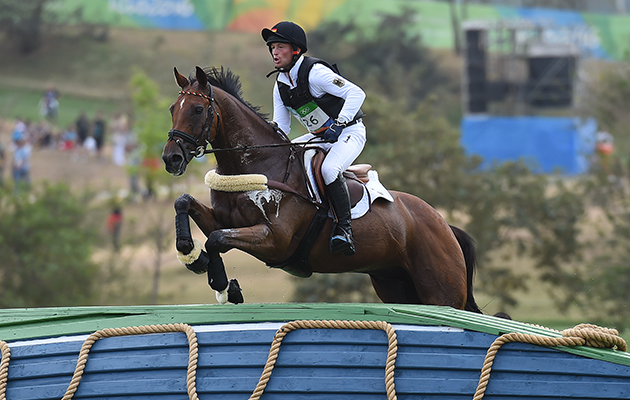
Michael Jung on his superstar’s future: ‘If Sam feels well, he’ll do Badminton 2018’
As retirement rumours fly, the German event rider confirms his plans for Sam

Watch eventer survive hairy moment as girth snaps on cross-country
The rider managed to stay in balance with her horse and had galloped around a corner to the next fence
Do not think that I begrudge running our event. As an owner/rider and trainer, I count it a privilege to transform our park into a buzz of white string, whistles and pricked ears. I miss it every year when it is packed up.
But Farley Estate is a farm and a business. We grow wheat in the lowest, wettest part of the country, but we haven’t yet mastered growing money. Until we do, the horse trials will be our showcase, our pride and our passion, but no one here will be retiring on the profits yet.
Farley Hall event costs
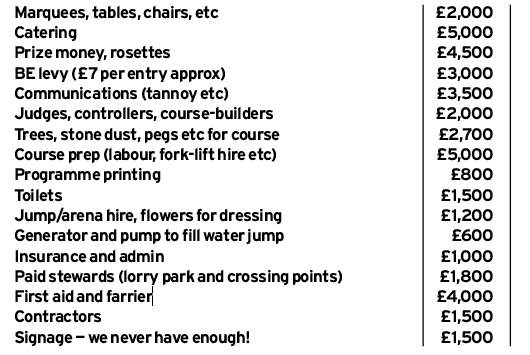
Ref: Horse & Hound; 11 February 2016
